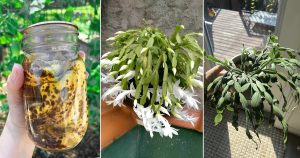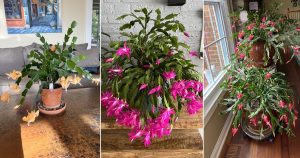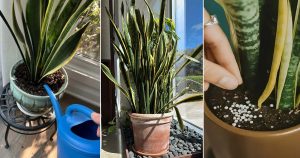Can saucers silently kill your succulents? Learn the hidden dangers behind those “innocent” trays and how they can quietly cause root rot.
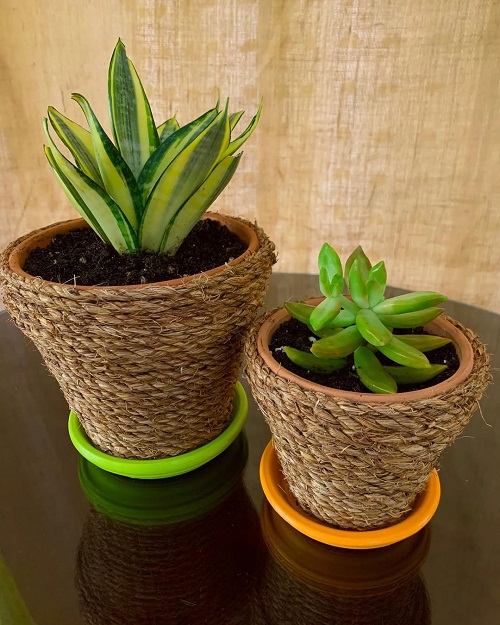
Succulents are survivors; they can easily adapt to drought conditions. This is because their fleshy leaves and stems store water. This brings us to how leaving a saucer under our pot can impact their health because they hate stagnant wet conditions.
The Dangerous Root Rot
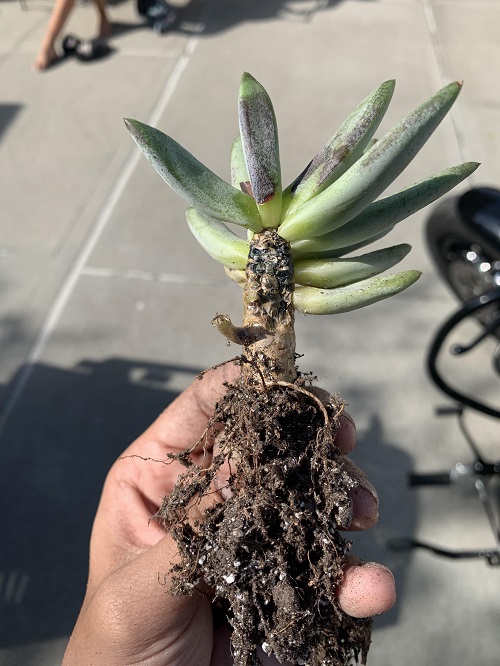
When you water your succulent, excess water drains out of the pot. If it collects in a saucer, the pot’s base stays soaked. Over time, the soil turns soggy, and roots struggle to breathe.
Succulent roots love air circulation. In wet soil, oxygen levels drop, creating the perfect playground for fungi and bacteria that cause root rot. The roots start softening, darkening, and dying — and before you know it, the rot creeps up into the stem.
Spotting mushy, yellowing leaves or a foul smell in the soil? That’s your plant waving a red flag. Fungus gnats buzzing around your pot are another clue—they love the damp conditions saucers create.
Do Many People Still Use Saucers?
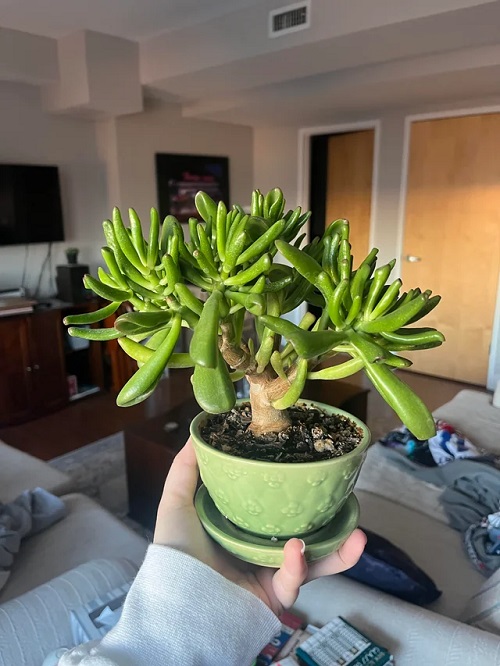
Many people use saucers to protect furniture from drips and stains — and that’s fine for most plants. But for succulents, it’s a slippery slope. If you forget to empty the saucer after watering, waterlogging begins, and root rot follows.
While some plants benefit from soaking up leftover water, succulents don’t. They thrive when their soil dries out completely between waterings. A pebble dish might seem like a fix, but it adds extra work. And let’s be honest — lifting a heavy pot every time isn’t fun.
If you tend to forget such things, skip the saucer. It’s far easier than nursing a dying plant back to life.
Precautions
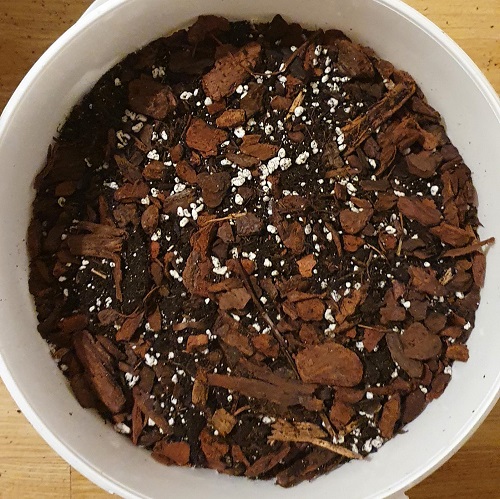
Normally, when you water a succulent, the excess water drains out. But due to a saucer, it may get trapped, and the pot’s base remains submerged. This leads to waterlogged soil, and you deprive your friends of oxygen and air flow.
To avoid any mishap, empty the saucer immediately after watering if the saucer is temporarily attached and removable. Elevate the pot using feet or risers so it doesn’t sit directly in water.
A better practice is to use a free-draining soil mix, like succulent or cactus mix with perlite or pumice, to ensure water exits quickly. Also, don’t forget to keep an eye out for signs of prolonged moisture, root rot, or root stress.
You can also tilt the pot slightly after watering to make sure no extra water remains trapped at the bottom — a small habit that saves big trouble later.
Alternatives To Saucers
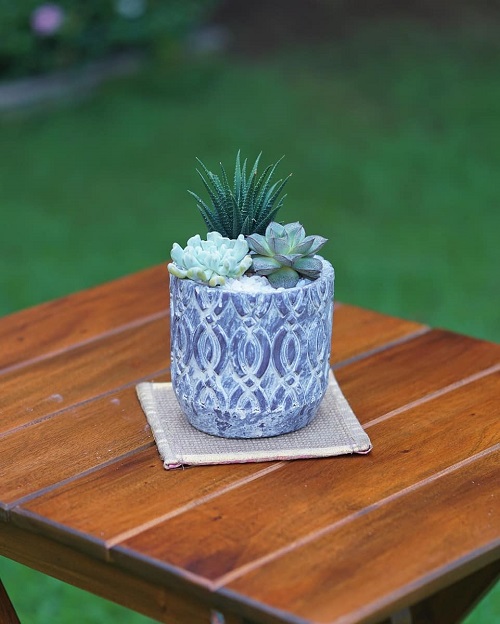
Move small pots to a sink or patio, water them thoroughly, and let them drain completely before placing them back.
You can also nest a drainage pot inside a decorative one. Just lift the inner pot after watering so it can drain freely.
Or try a pebble tray — fill it with stones, add some water below the surface, and rest the pot above it.
Another easy fix is using waterproof mats or trays that allow airflow underneath. Silicone or cork mats are perfect—they protect surfaces without trapping moisture like saucers do.
Try These Next
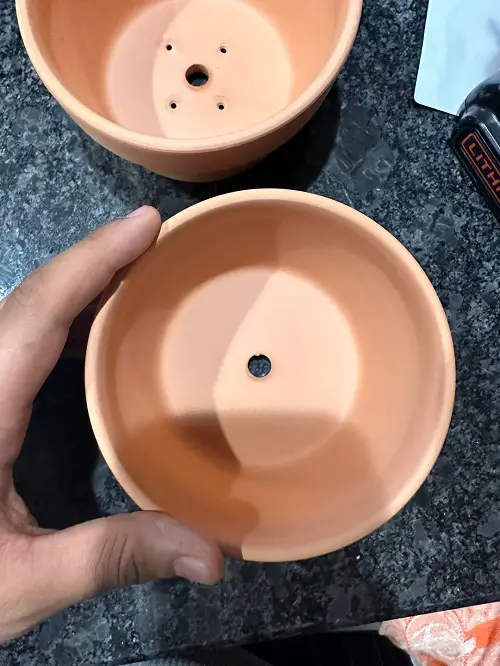
- Water thoroughly until runoff, then allow complete drying before watering again and create a soak and dry pattern.
- Always use pots with drainage holes.
- Keep good air circulation and bright light to encourage evaporation and airflow.
- Monitor for early signs of root distress or moisture agents. Here’s how you can prevent it.
- Also, rotate your pots every few weeks — it helps ensure even drying and prevents the bottom from staying damp for too long.
Leaving a saucer under your succulent pot might seem harmless, but in regular practice, it is troublesome. The stagnant water can lead to root rot, and the plant’s health may eventually decline. What is your favorite technique to prevent root rot and promote healthy growth for your succulents? Comment and let us know!


